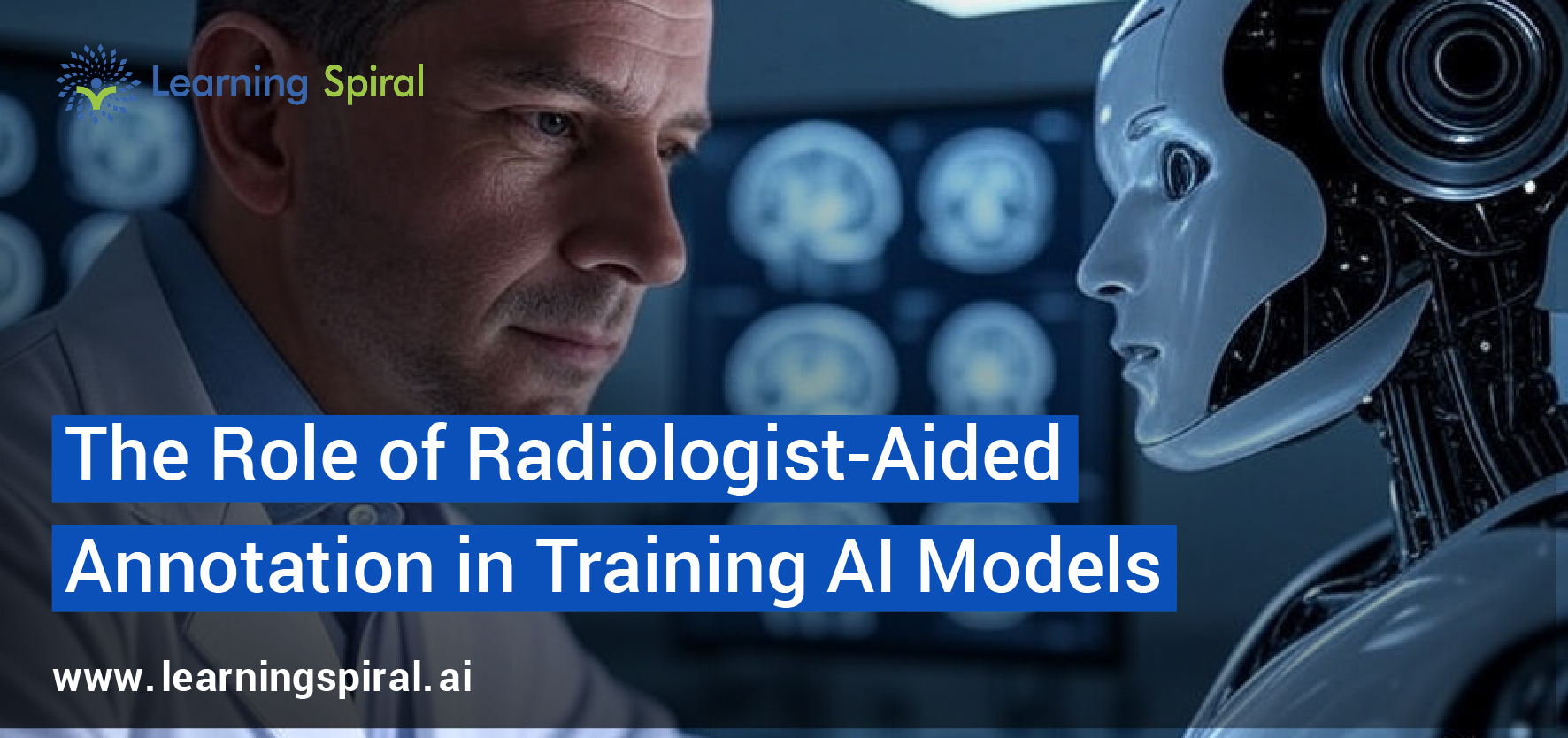
Artificial Intelligence (AI) is reshaping healthcare, and nowhere is this more evident than in medical imaging and radiology. However, behind every advanced diagnostic algorithm lies a foundation of high-quality annotated data. This is where radiologist-aided annotation becomes indispensable. With their deep clinical expertise, radiologists provide precise labeling and interpretation of complex imaging data, ensuring that AI models learn accurately and reliably.
What is Radiologist-Aided Medical Annotation?
Radiologist-aided annotation involves medical experts labeling X-rays, CT scans, MRIs, and other imaging datasets with high precision. This process includes:
- Bounding Box Annotation – Highlighting regions of interest (tumors, lesions, fractures).
- Segmentation – Outlining abnormal tissue structures at pixel level.
- Classification – Categorizing conditions such as fractures, cancerous growths, or organ anomalies.
These structured annotations transform raw images into context-rich datasets that improve the diagnostic performance of AI systems.
Importance in Training AI Models
1. Enhancing Accuracy in Diagnostics
AI systems trained on radiologist-labeled data make fewer errors, helping doctors diagnose conditions faster and more accurately.
2. Reducing Risk of Misdiagnosis
Mislabeling a region in a scan can lead to flawed AI predictions. Radiologists reduce this risk by applying their clinical judgment.
3. Building Trust in AI-Powered Healthcare
In autonomous healthcare and predictive analytics, trust is critical. Radiologist involvement provides clinical credibility to AI models.
The Role of Radiologist Annotations in Healthcare AI
Radiologist annotations empower AI in several domains:
- Diagnostic Imaging: Assisting radiologists in detecting anomalies earlier.
- Medical Robotics: Training surgical robots with annotated video datasets.
- Predictive Analytics: Enhancing prognosis by analyzing large patient datasets.
- Healthcare Automation: Driving innovation in clinical decision support systems (CDSS).
Learning Spiral AI: Delivering Clinical-Grade Annotations
At Learning Spiral AI, we specialize in medical data annotation services that combine expert radiologists with advanced annotation platforms. Our strengths include:
- Collaboration with Medical Experts for accurate, domain-specific labeling.
- Scalable Annotation Solutions for imaging, surgical videos, and EHR text data.
- Secure Infrastructure ensuring compliance with healthcare confidentiality standards.
We help healthcare innovators build robust, AI-ready datasets that power the next generation of medical technology.
Conclusion: Human Expertise Fuels AI Innovation
While AI in radiology holds immense promise, its true potential is unlocked only through radiologist-aided annotation. By combining human clinical expertise with AI capabilities, healthcare can move toward safer, faster, and more accurate diagnostics.

